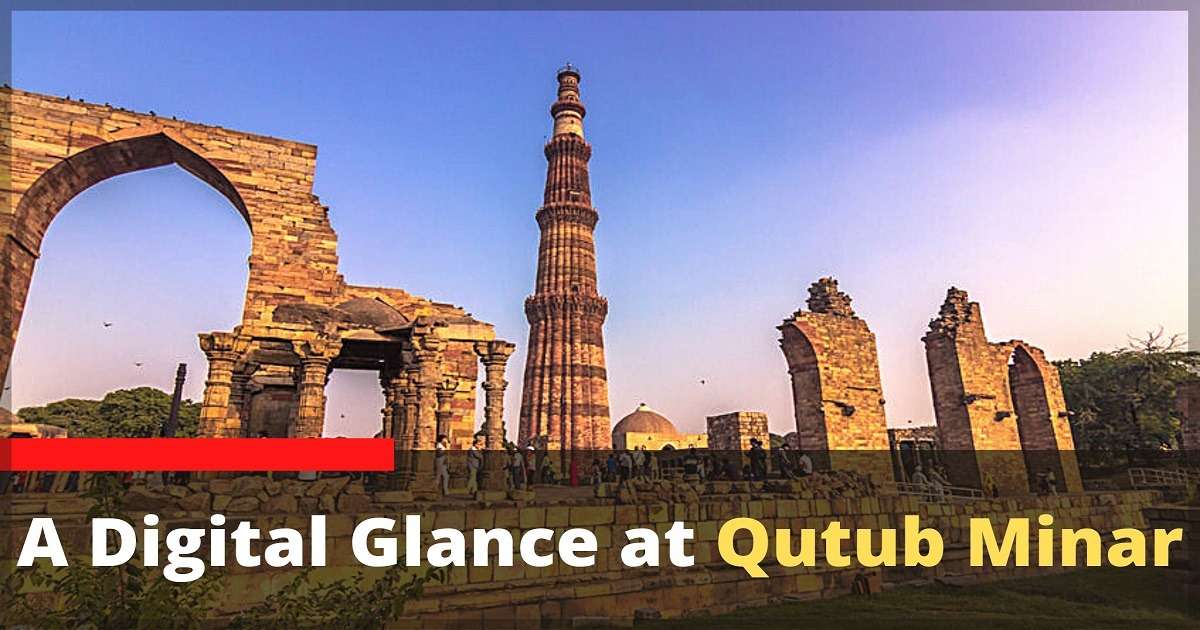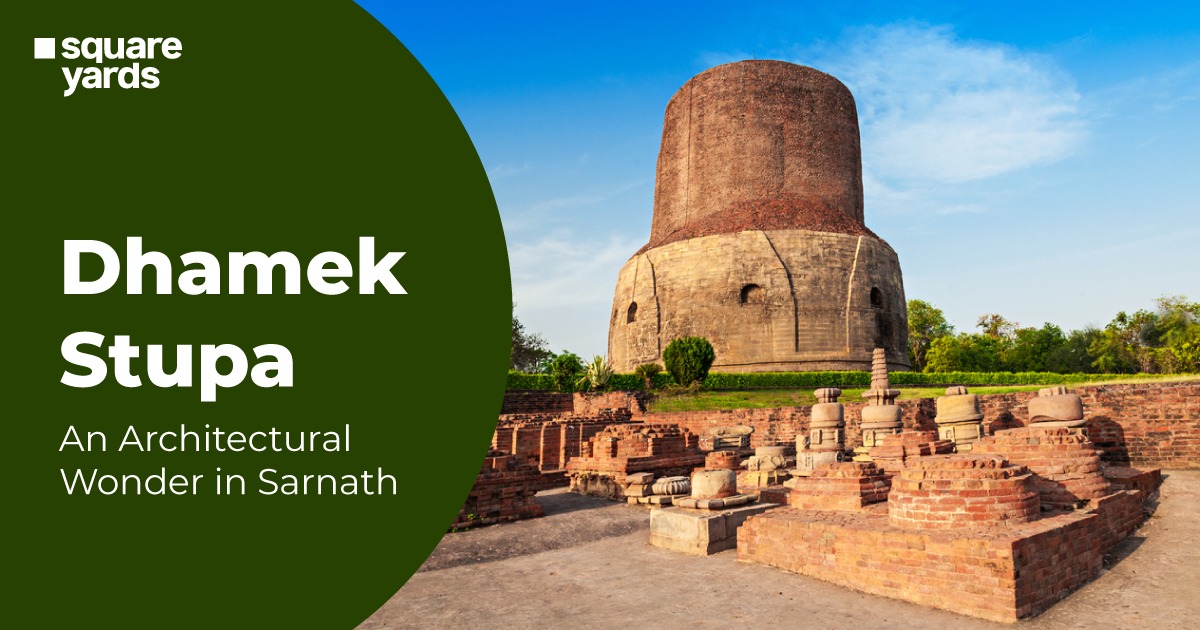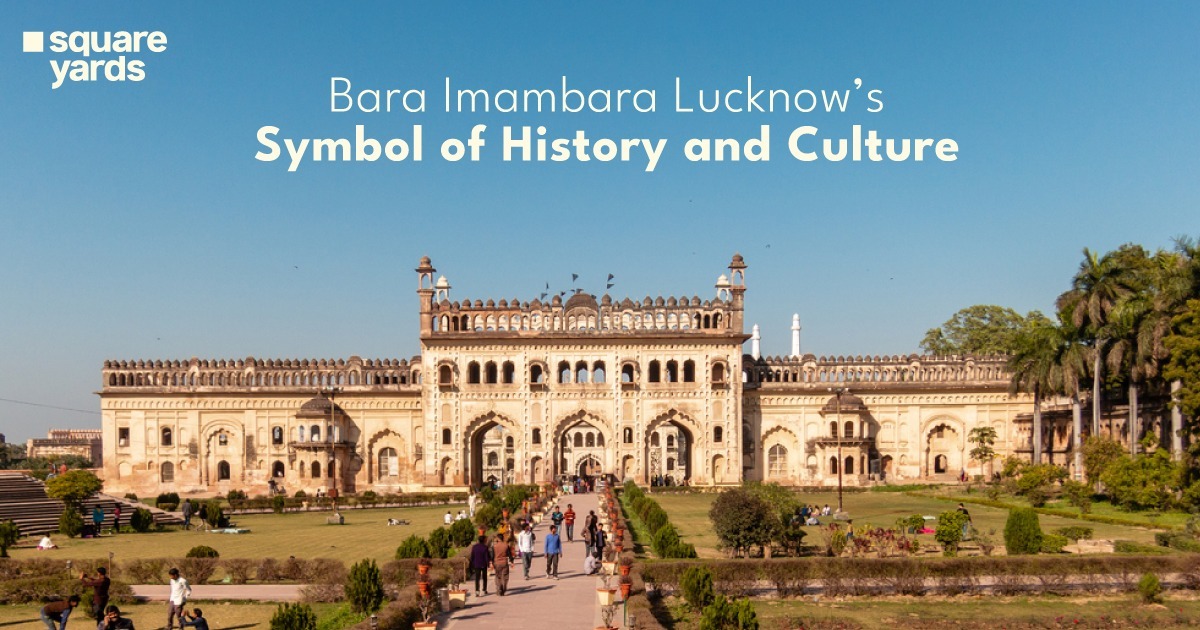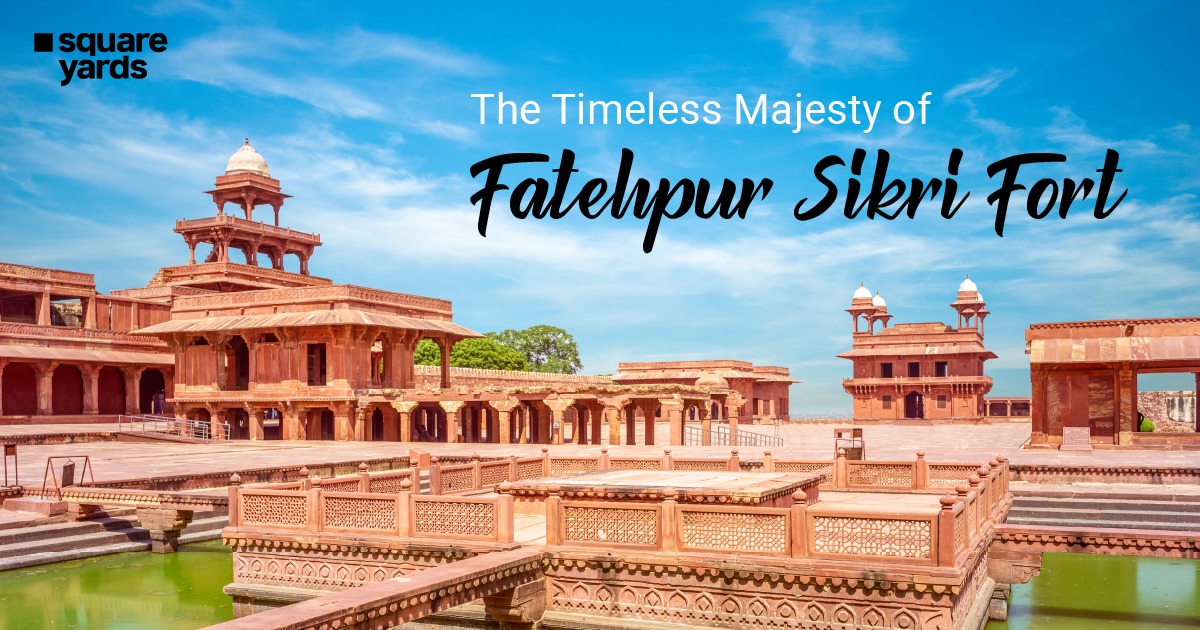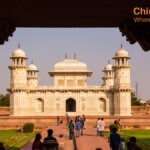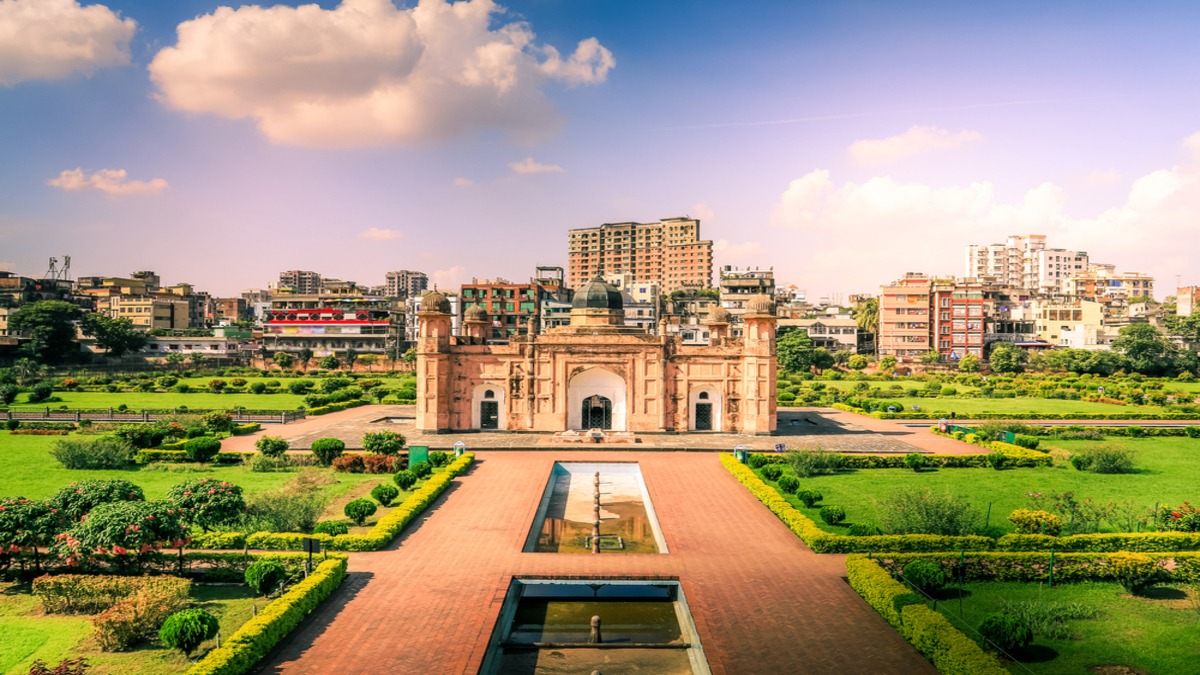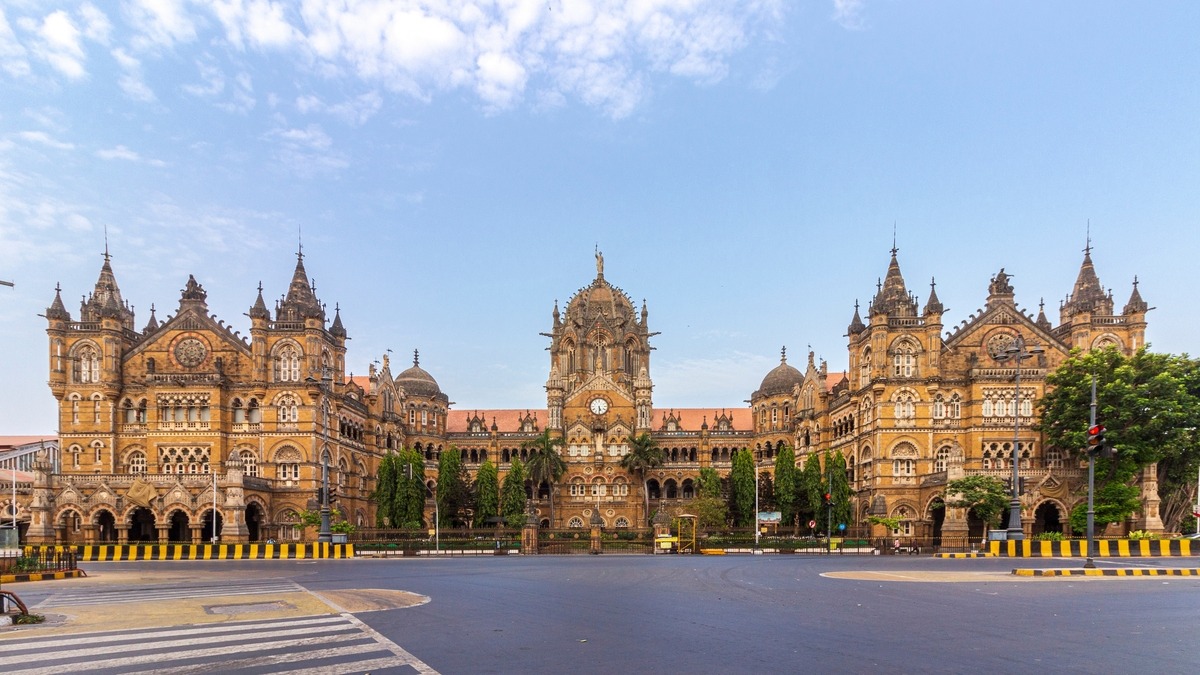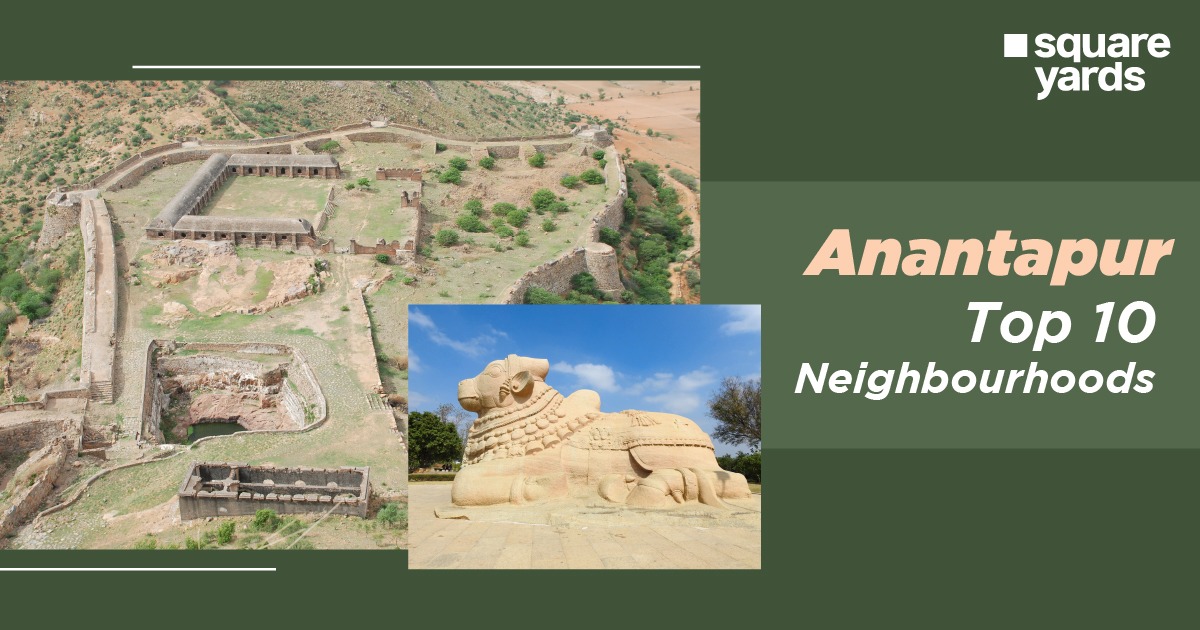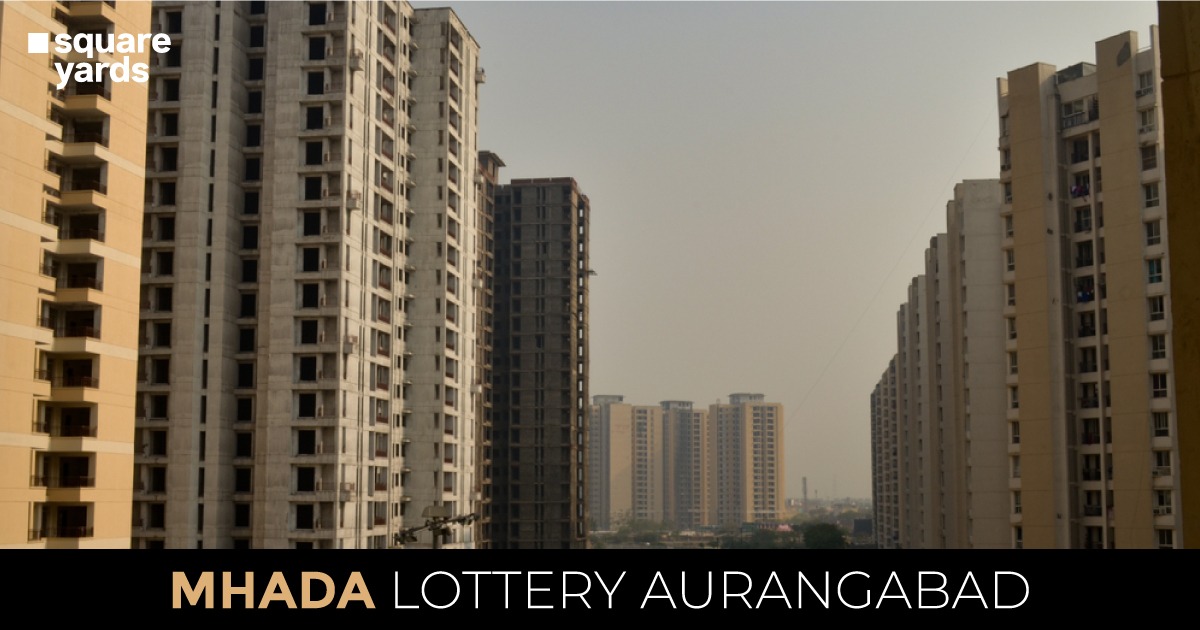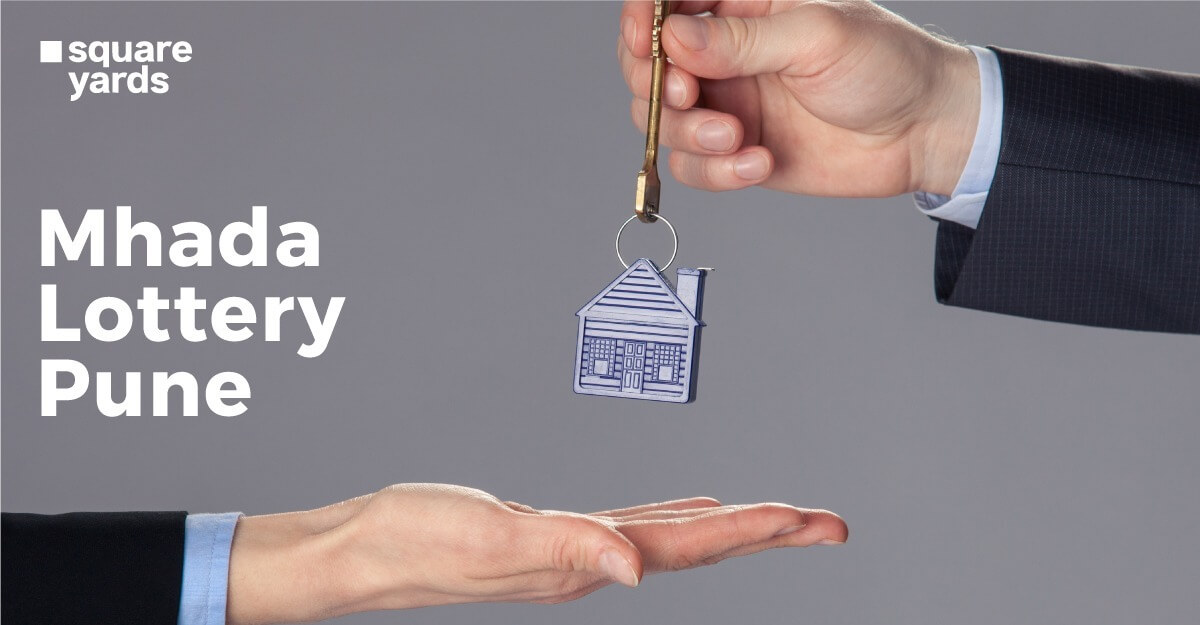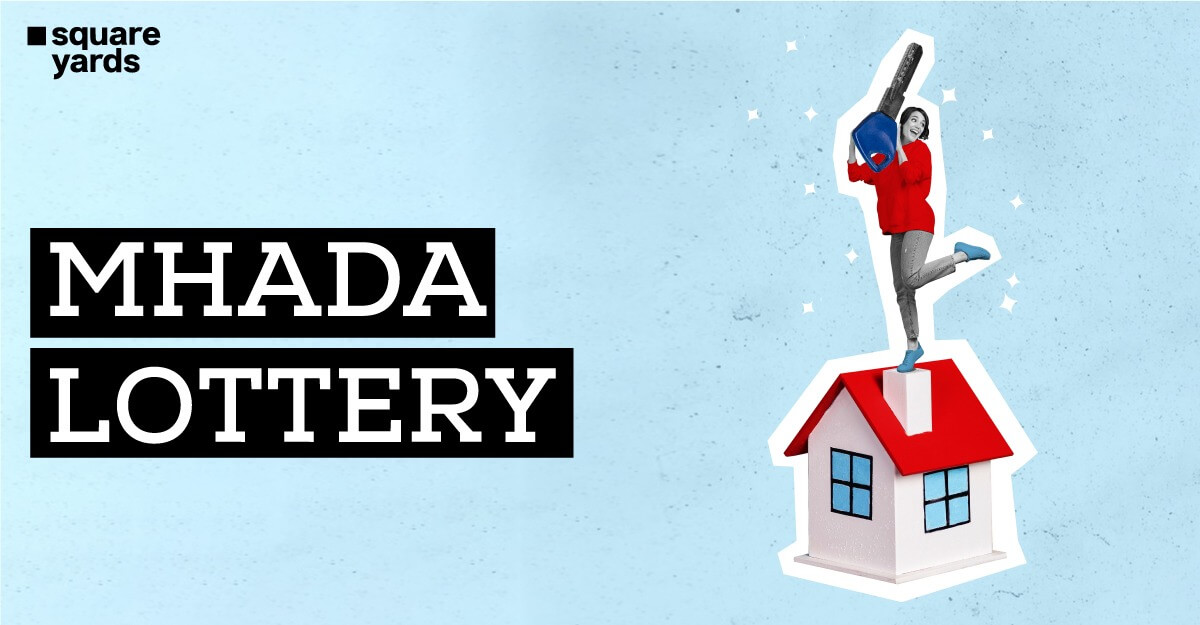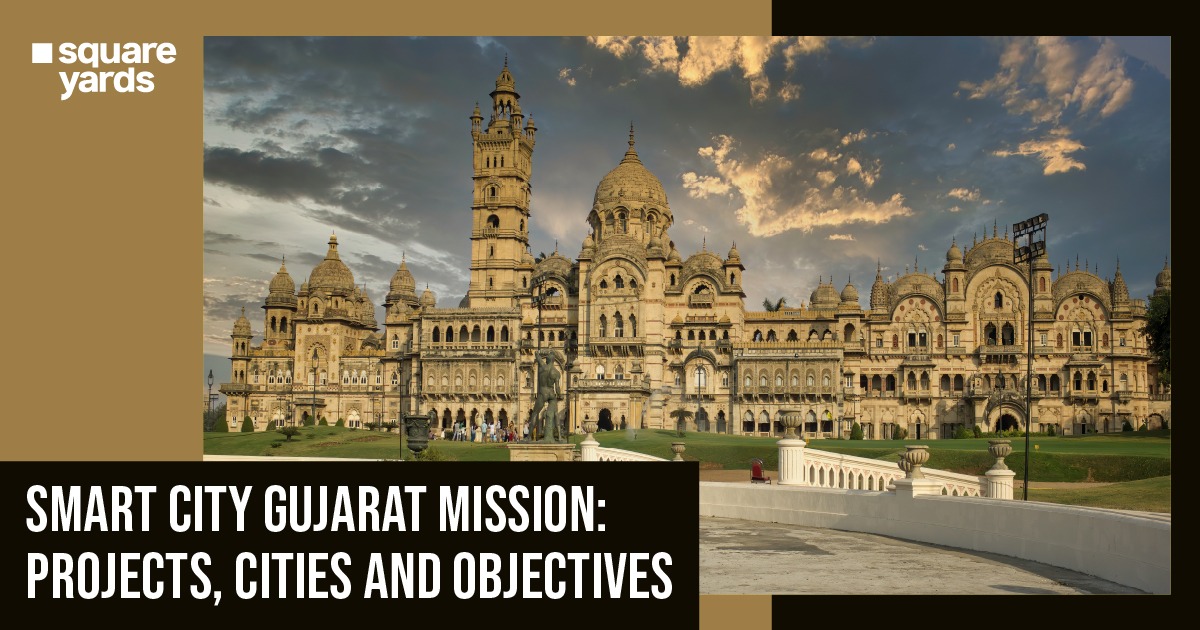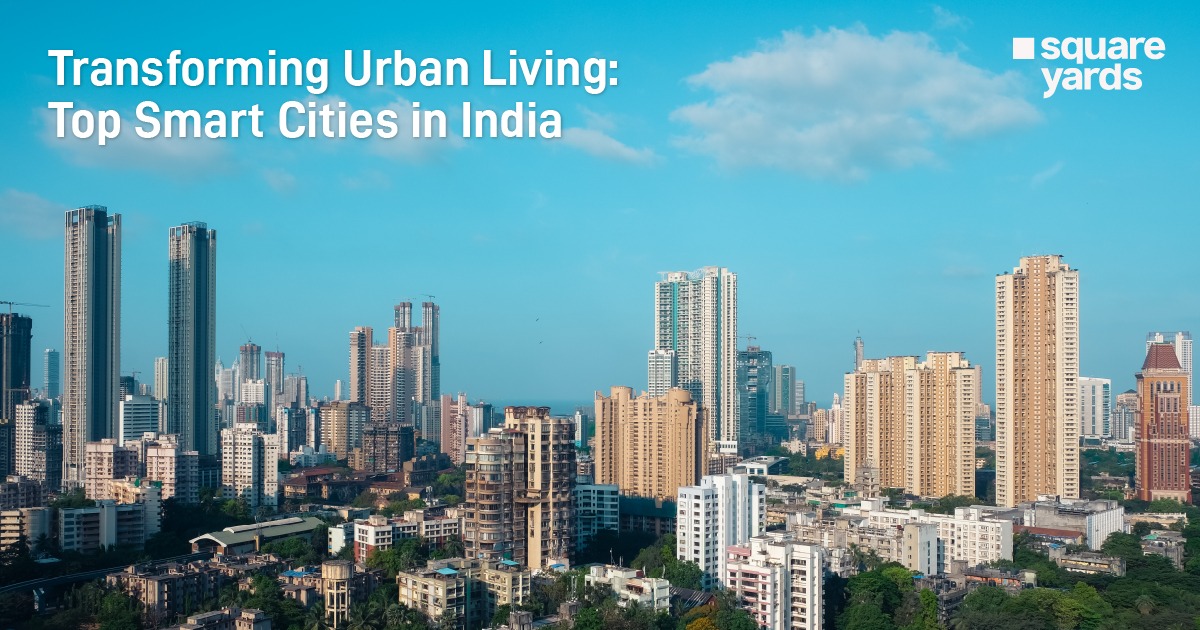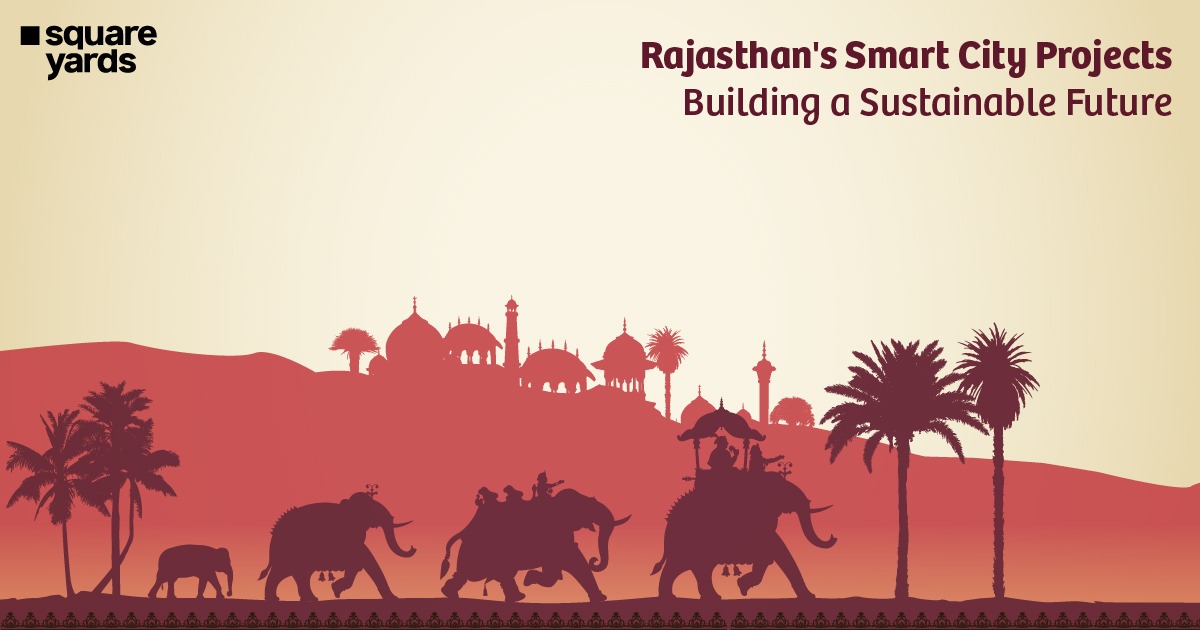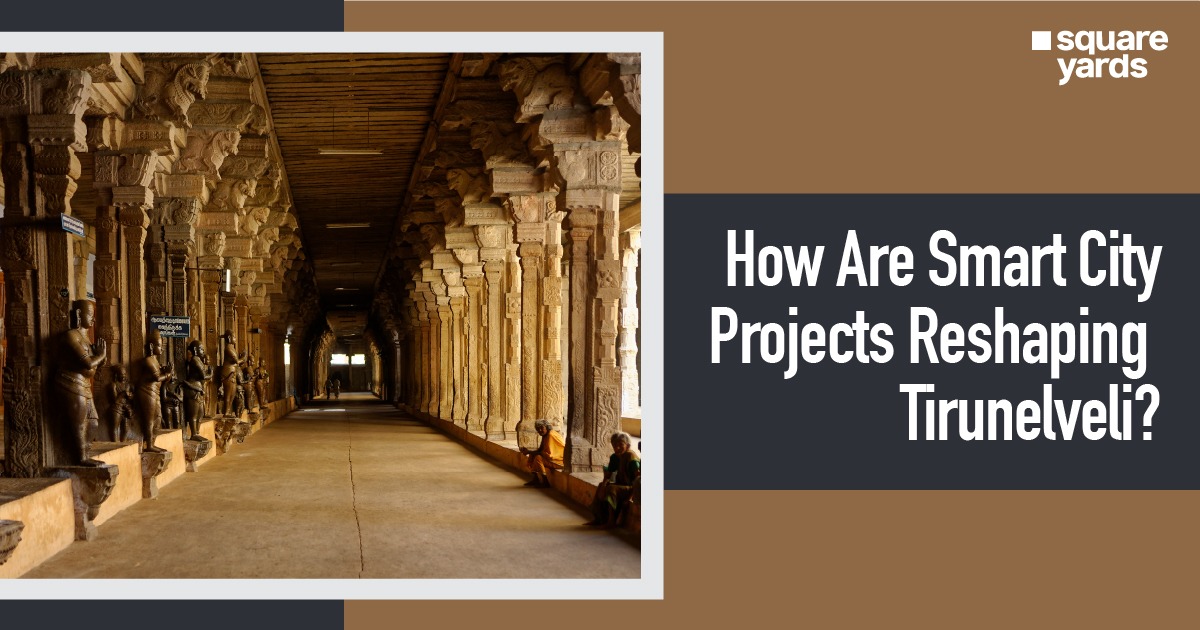Renowned as Delhi’s prime site for visitors, Qutub Minar has maintained its beauty for over 800 years now. So, if given a chance who would not visit the same? There are lots of people who may or may have not visited this beautifully crafted monument.
However, is it the only reason one should visit the site? Well, we think there is a lot more that it has to offer.
Therefore, this blog will take you back in time to understand everything from its history to significance to its structure along with some interesting facts!.
Table of contents
- History of the Qutub Minar
- The Architecture of the Qutub Minar
- Influence of the Mughal Empire
- The Qutub Complex and Things to See
- How to Reach Qutub Minar?
- Qutub Minar Information: Quick Facts, Timings, Ticket Price
- Interesting Facts About Qutub Minar
- Visit Places near Qutub Minar
- Read More About Indian Monuments
- Frequently Asked Questions (FAQs)
History of the Qutub Minar

Qutub Minar is known to be a 5-level structure was built by various rulers. Before delving deeper into details of the magnificent creation. Let’s understand the history attached to the monument.
Following are the key pointers that are important for you to know:
- To begin with, the Qutub Minar was initially authorised by Qutb-Ud-din Aibak, the originator of the Delhi Sultanate.
- Qutb-Ud-din Aibak was unable to construct the monument beyond 1st level, even then the minaret was known after him.
- In the year 1220 Shams-Ud-din Iltutmish also added 3 more levels to the formation who was the successor of Qutb-Ud-din.
- Then in the year 1369, the topmost level also faced a lot of damage because of some defect in the lighting of the structure.
- Later Firoz Shah Tughlaq rebuilt the entire levels with a bit of modification – he added 2 more floors to the formation which was the 5th and the final level.
- The construction of the entrance of the monument was done through Sher Shah Suri.
- After a period of 300 years, in the year 1803, the monument again faced some damages in the structure due to the earthquake.
- For the same, a major from the British Indian Army named Robert Smith decided to restructure the monument in the year 1828.
- An addition of a pillared cupola to be able to sit on the 5th floor contributed as the 6th floor of the monument.
- The 6th and the final level was demolished by Henry Hardinge (Governor-General of the country) and was then placed adjacent to the minar.
- A tragic event in 1981 that took the lives of 47 people led to the restriction of entry in the monument.
The Architecture of the Qutub Minar

The key pointers regarding the architecture and the structure of Qutub Minar are mentioned below:
- The height of Qutub Minar is about 73 metres.
- The base diameter is 14.3m and tends to compress at its top to 2.7m.
- Qutub Minar also consists of a spiral-shaped staircase that consists of total steps of 379.
- There are various other kinds of historical massive structures which when structured together form Qutub Minar Complex.
- The architectural structure that displays Afghan style was inspired by Minaret of Jam situated in Afghanistan.
- All the levels of the monument have been supported with their own balcony alongside designed brackets.
- The marbles or the stones that are used in the monument are different for all the levels. The first, second and third floor incorporates red sandstone, and the 4th has been made of marbles and the 5th has a combination structure of both the red sandstones and marbles.
- The base architectural structure for all the levels again is very different from one another. This is because of the way the story was constructed by different rulers at different points in time.
- Apart from the sandstones and the marbles that make the Qutub Minar look magnificent, there are inscription bands that have been placed in different sectors of the monument that tell the history.
- While visiting the monument, you will also be able to find carved verses placed inside the monument.
Influence of the Mughal Empire
At present, the Qutub Minar is known to be one of the most admired attractions in Delhi. The monument was also granted its name under the ‘UNESCO World Heritage Site’ in 1993. The monument also carries the tag of architectural & historical brilliance with itself.
The Qutub Minar Complex performs a ritual of the Qutub Festival, a cultural event. It takes place every year inside the complex between November to December. This event takes place for three days, which tends to roll a lot of eyeballs with a gathering of many individuals. The event tends to witness a huge success along with performances made by various artists, musicians, and dancers.
The complex is looked after through the Archaeological Survey of the country that is placed under the Delhi Circle for the monuments.
The Qutub Complex and Things to See
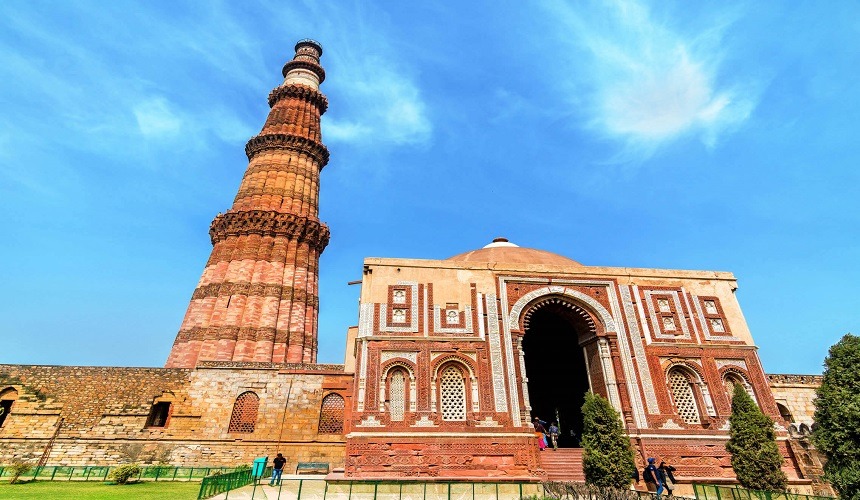
The Qutub Complex has been one of the major attractions for the individuals who have a major interest in history. The things to see in the monument has mentioned as below:
- It also includes the glorious Quwwat-ul-Islam Mosque.
- The south side of the monument includes a cupola gateway that opens to a mosque.
- It also has an Iron Pillar that never rusts off the Chandragupta II.
- It has a tomb of the Iltutmish, the 2nd leader of Delhi Sultanate.
- It has a tomb- Imam Zamin, the Turkestani Cleric.
- It includes Allaudin Khilji’s Tomb & Madrasa.
- It includes Alai Minar which is the unfinished tower of the Khilji.
- It includes Smith’s Folly
- It also includes Sanderson’s Sundial (has been designed all over by white marbles).
How to Reach Qutub Minar?
Reaching one of the most popular monuments of Delhi – the Qutub Minar is pretty easy.
- The most convenient option is the metro. The nearest station is the Qutub Minar Metro Station.
- In case you are travelling by train, the nearest station then is the Old Delhi Railway Station.
- Travelling from Bus – Nearest Stop is Kashmiri Gate Bus Stand.
- Travelling through Airways- Nearest Airport is the Indira Gandhi International Airport.
Apart from this, in case you are somebody who has just landed in Delhi, the other best option to travel from any district of Delhi is through a cab. All you need to do is follow the maps.
Qutub Minar Information: Quick Facts, Timings, Ticket Price
| Location of the Monument | Mehrauli situated in Delhi |
| Achievement | UNESCO World Heritage Site |
| Timings | 7:00 am – 5:00 pm (7 days open) |
| Entrance Fee | INR 30 for Indians Citizens, INR 500 for tourists; and no cost for individuals below the age bracket of 15 years. |
| Price for Camera | INR 25 (in case it is used for non-commercial purposes) |
| Price for a Video Camera | INR 25 (in case it is used for the non-commercial purpose) |
| Nearest Metro Station | The Qutab Minar Metro Station |
Interesting Facts About Qutub Minar
Now that you are aware of all the historical parts of the monument. It is now time for you to know some interesting facts that you might not be aware of.
- The meaning of Qutub Minar in Arabic means an axis or a pole.
- In the year 2006, it was called the most visited complex in the country, as they witnessed about 3.9 million tourists in the same year.
- This monument came out to be an inspiration for many, the monument that is known to be mini Qutub Minar that has been situated in the West Delhi (Hastsal village) along with Chand Minar situated in Daulat Abad interiors have been inspired by the Qutub Minar monument itself.
- This magnificent monument picture has been highlighted on the travel cards as well as the tokens that get issued through DMRC.
- In 2019, the monument was dazzled by the ‘Archeological Survey of India’ in order to initiate the night tourism scheme in Delhi.
Visit Places near Qutub Minar
Apart from this beautiful monument Qutub Minar, you can also visit places that are surrounded in the same direction.
These places are:
- Adham Khan Tomb – This is at a distance of 850 meters from Qutub Minar
- Hazrat Khwaja Qutbuddin Bakhtiar Kaki – This is at a distance of 1.4 kilometers from Qutub Minar.
- Zafar Mahal- This is at a distance of 1.5 kilometers from Qutub Minar.
- Jahaz Mahal- This is at a distance of 2 kilometers from Qutub Minar.
- Hauz-i-Shamsi- This is at a distance of 2.1 kilometers from Qutub Minar.
- Jamali Kamali Mosque & Tomb- This is at a distance of 3.3 kilometers from Qutub Minar.
- Balban Tomb – This is at a distance of 3.3 kilometers from Qutub Minar.
Read More About Indian Monuments
| Victoria Memorial Kolkata | Goloconda Fort |
| Marble Palace Kolkata | Red Fort Delhi |
| Leh Palace Ladakh | Taj Mahal in Agra |
| India Gate in Delhi | Tugahlaqabad Fort |
Frequently Asked Questions (FAQs)
When was Qutub Minar built?
The formation of Qutub Minar was initiated in the year 1199 by Qutb-ud-din Aibak and was finally completed by Iltutmish in the year 1220.
What’s the height of Qutub Minar?
The height of Qutub Minar is 73 meters.
What are Qutub Minar’s timings?
The timings of the monument are 7:00 am to 5:00 pm.
What is Qutub Minar famous for?
Qutub Minar is known to be the highest minarets in the state. This monument was constructed in the 12th century and incorporates both structures of Arabic & Brahmi inscriptions.
Who destroyed Qutub Minar?
Firoz Shah Tughlaq was the one who re-constructed the entire structure after the damage that Qutub Minar had to face due to the earthquake.
Who is the founder of Qutub Minar?
The founder of Qutub Minar is Qutub-ud-din Aibak.


